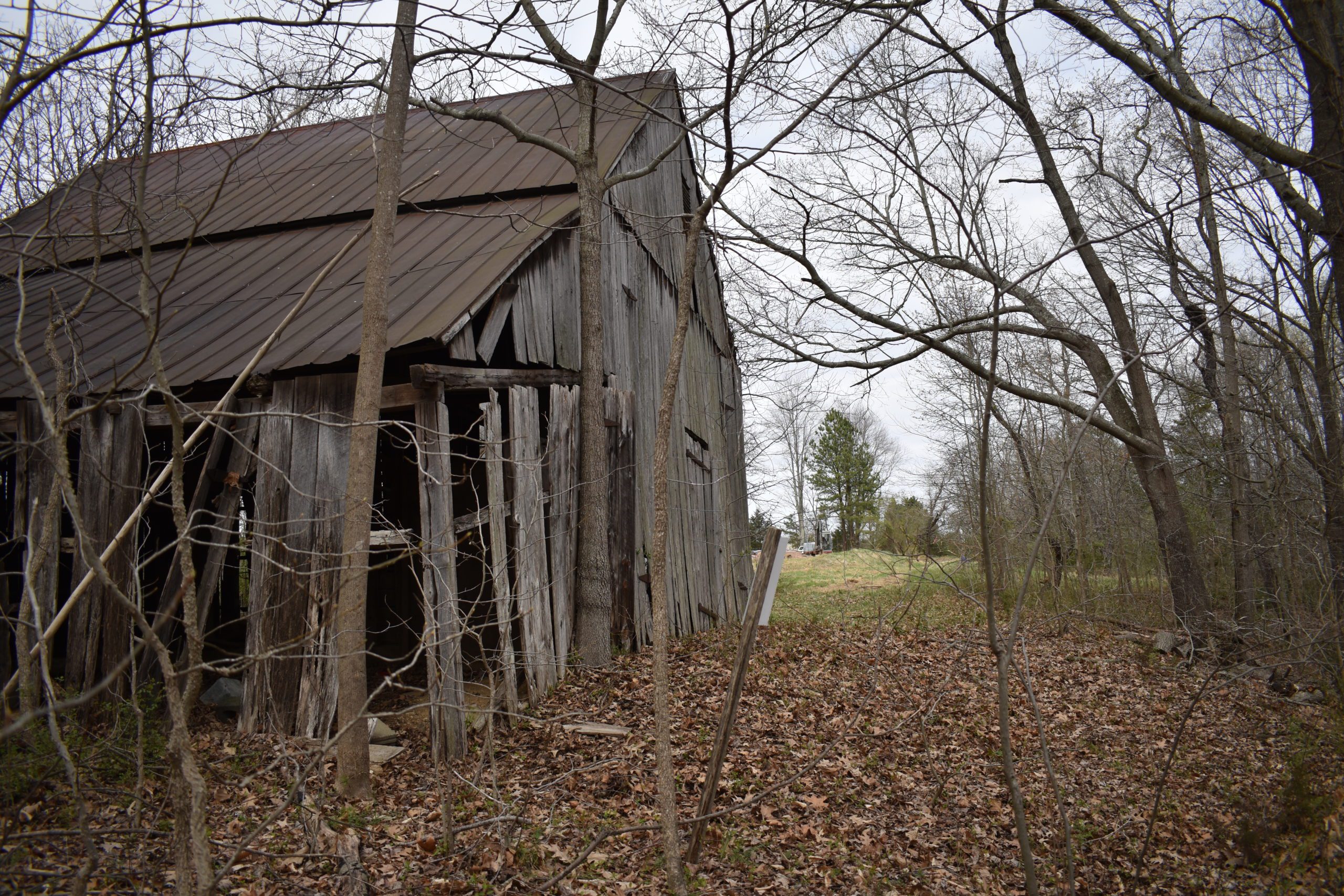What qualifies a cultural resource to be on the NRHP?
The National Register of Historic Places (usually shortened to NRHP by professionals) was established in 1966 to protect historically significant resources from potential adverse effects. The National Register program is run by the National Park Service and identifies, evaluates, and protects America’s historic buildings and districts and its archaeological resources. It serves as a comprehensive list of places worthy of preservation for their historical significance. The National Register encompasses a wide range of properties, including buildings, structures, sites, districts, and objects. These can include anything from historic homes and churches to bridges, battlefields, and archaeological sites.
To qualify for inclusion in the National Register, a historic resource must meet specific criteria. First, the property must be at least 50 years old, although there are exceptions for properties of exceptional importance. Second, the property must meet one or more significance criteria identified by the National Park Service. This can include sites related to events (Criterion A) or significant historical figures (Criterion B) that shaped the nation’s history. Additionally, properties can qualify based on their architectural or engineering design, representing a particular style, period, or method of construction (Criterion C). Finally, archaeological sites can qualify based on their potential to provide important information on the study of the past (Criterion D).
Being listed in the National Register of Historic Places carries several benefits. It can provide recognition and prestige for the property and its owners. It can also open up opportunities for grants and tax incentives for preservation efforts. Additionally, listing can raise awareness about the historical significance of a site and encourage its preservation for future generations.
The National Register of Historic Places plays a crucial role in preserving America’s diverse heritage. By recognizing and protecting historic resources, we ensure that the stories of our past continue to inspire and educate us today and into the future. Whether it’s a grand mansion or a humble roadside diner, each historic place has a part to play in our collective narrative, connecting us to our history in a tangible way.
Identifying archaeological sites and establishing their National Register eligibility can be a major obstacle in development projects. AAHA has spent over two decades developing a cost- and time-conscious approach that ensures favorable outcomes when dealing with National Register issues.


